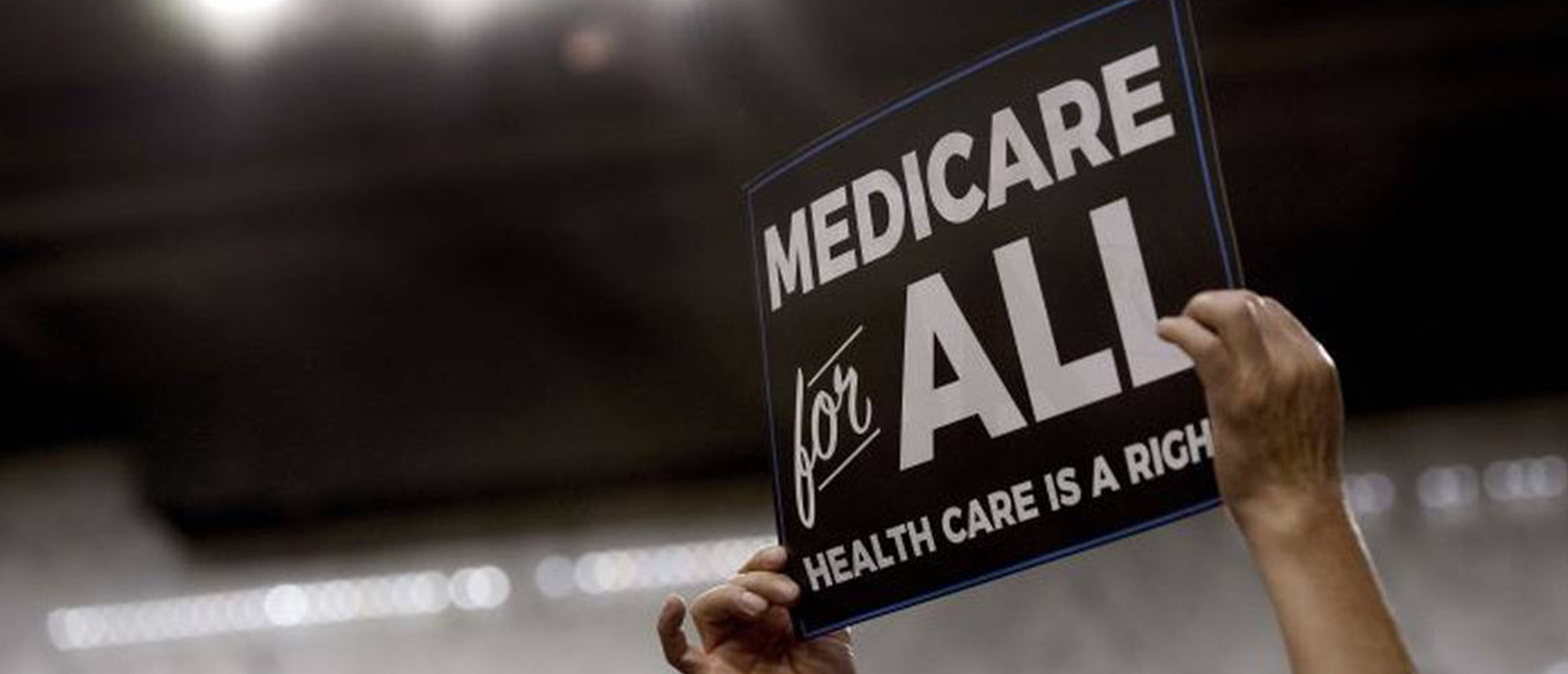Oregon And California On Similar Paths To Universal Unified Financing Healthcare
The implementation of California’s Unified Healthcare Financing Act (SB 770) begins this year as Oregon ramps up its Universal Health Plan Governance Board (SB 1089) to create a universal healthcare system based on single payer financing.
Call it the West Coast Way.
In California, SB 770 mandates discussions between the State and the federal government to explore and define waivers to permit unified financing / single payer. There is some more detail in Health Justice Monitor.
In Oregon, SB 1089 creates the Universal Health Plan Governance Board. The Board will develop an implementation plan, and then administer it. The process will create a detailed, publicly funded, single payer universal health plan. It will do in-depth research and analysis to design program details. The Board will include members with a variety of expertise and backgrounds. It will present the plan to the state legislature, so implementation could start as soon as 2027 (though note need for ballot referenda below.[1]
In both states, there is a clear requirement for a single source of payment for all healthcare services. This follows the recommendation of the Healthy California for All Commission, and Oregon’s Universal Healthcare Task Force. SB 770 (CA)[2] and SB 1089 (OR) prohibit risk-bearing contracts and financial incentives to deny care. A key issue for both plans is the role, if any, of integrated delivery systems, benefit funds, and third party administrators.
The detailed policy development beginning this year by the UHP Governance Board in Oregon and the California Department of Health Services will lead to discussions with the federal government, specifically the Center for Medicare and Medicaid Services, over the terms of federal financial support and approval of the universal healthcare system in each state. This “Waiver” of existing federal rules will then form the basis of final approval by the respective state legislatures likely in 2026. In both states, voters will have the final say on how the programs will be financed, as early as 2028.
These efforts are the most advanced and strategic approaches to determining what it actually takes and implementing a plan to achieve guaranteed healthcare through single-payer financing. Major questions to address include: the role of Medicare in relation to state universal health care programs, how employee benefit funds relate to the new programs, and how the federal ERISA law governing employer provided benefits impacts these state programs. These and other issues must be resolved in order to redirect federal funds currently used to support healthcare in the state into the new universal healthcare programs.
Both states decided to lay out the principles that govern the design of a universal healthcare system, and to finalize the details based upon discussions with the federal government before asking the legislature to approve a full-blown program and financing. That is different from prior efforts to pass the program and then talk to the federal government.
After decades of unsuccessful legislative and ballot initiatives in Oregon and California, advocates are optimistic about this new strategy. Answering political, technical, and legal questions up front can preempt any excuse avowed supporters of universal healthcare may cite to oppose single payer.
Will it succeed? We are some years away from knowing, but the political impact is encouraging. Building a coalition that includes the full range of health reformers from single payer advocates to those working for coverage and access expansion, along with unions and policymakers, has enabled the progress so far. This strategic approach to policy creates a political momentum that could be the missing piece to finally winning guaranteed, efficient, and equitable healthcare. The West Coast can lead the way.
—
[1] HCAO website: https://www.hcao.org/uhp-governance-board
[2] Enrolled Senate Bill 770 Section 1 Part 4 1001 (q)
—
Oregon SB 1089 (now enacted law):
(5) “Single payer health care financing system” means a universal system used by the state for paying the cost of healthcare services or goods in which:
(a) Institutional providers are paid directly for health care services or goods by the state or are paid by an administrator that does not bear risk in its contracts with the state;
(b) Group practices are paid directly for health care services or goods by the state or are paid by an administrator that does not bear risk in its contracts with the state, by the employer of the group practice or by an institutional provider; and
(c) Individual providers are paid directly for health care services or goods by the state, by their employers, by an administrator that does not bear risk in its contracts with the state, by an institutional provider or by a group practice.





